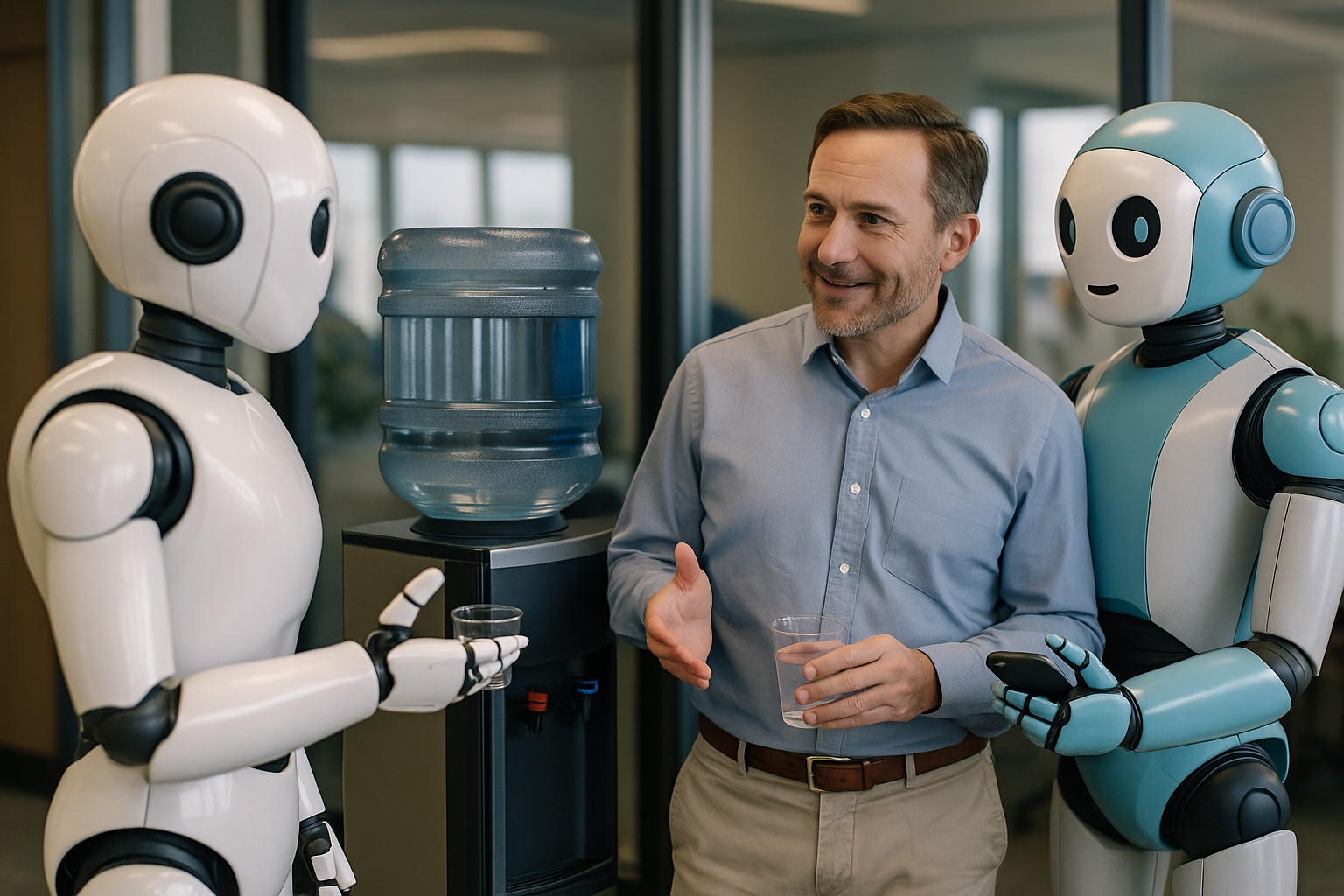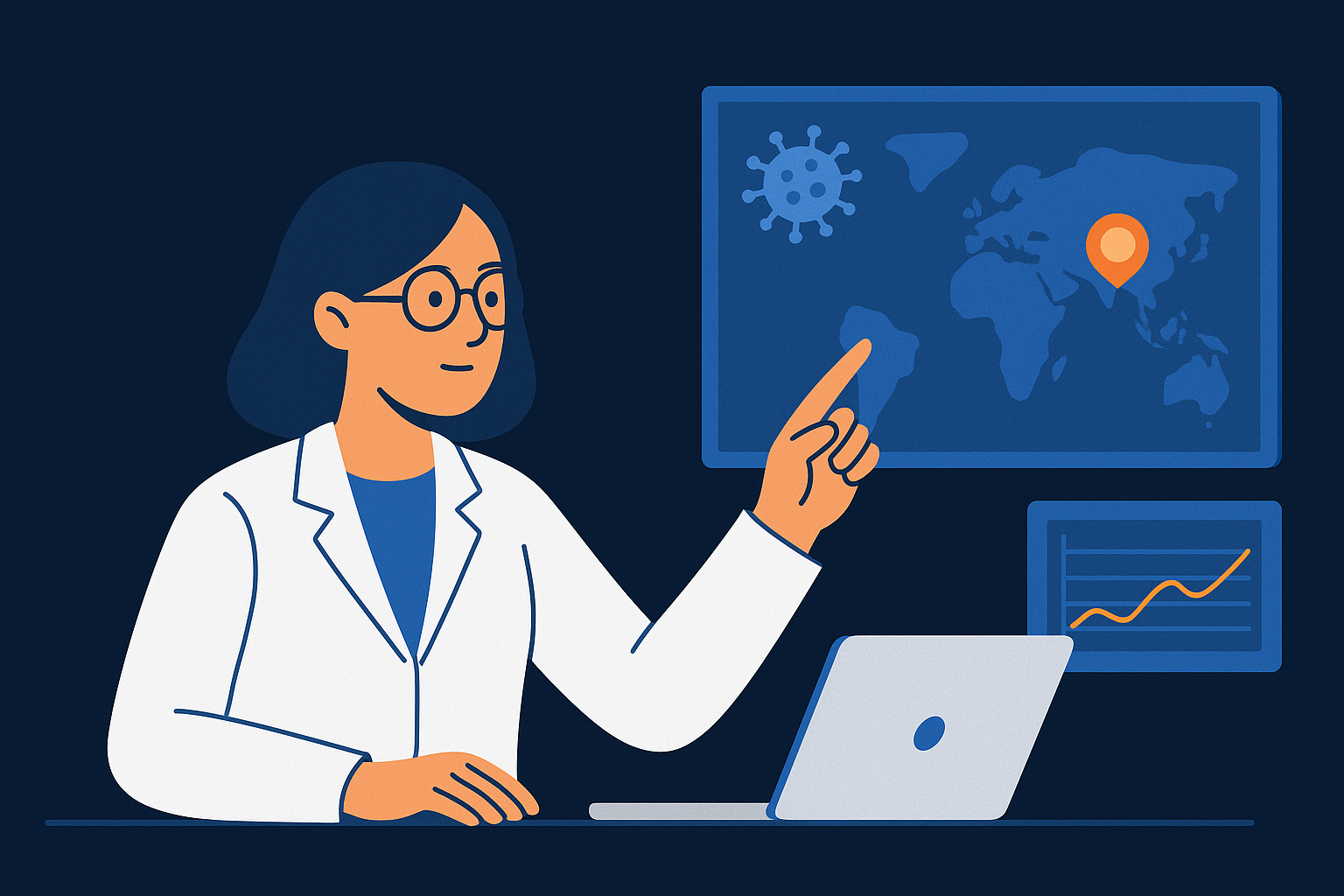Why Empowering Every Team Member to Leverage AI Can Unlock More Value Than You Think, and Why Most Companies Are Missing The Opportunity

The tech world has been captivated by the idea of the “10x engineer”; the senior developer who, when paired with the right AI tools, can singlehandedly build what used to require a small team. At Quantiva, we’ve seen this concept in action: Senior engineers using our custom AI pipelines to spin up proof-of-concepts, automate integration tests, generate documentation, and fine-tune infrastructure, often in a single afternoon.
This model is in our DNA. We’ve always focused on solving the hard problems; not charging clients for boilerplate work. But the broader opportunity isn’t just in elite engineering. It’s in helping EVERY knowledge worker become, at least, a 2x employee, someone who delivers twice the output, clarity, and/or speed by working alongside AI. And right now, that opportunity is mostly being missed.
The AI That No One is Allowed to Use
In project after project, we find ourselves working with teams who have access to powerful tools, ChatGPT, Copilot, Gemini, yet feel like they’re not allowed to use them. Especially in regulated environments, employees often report using AI on their personal devices; not company ones. They’re aware of what’s possible, but unsure of what’s permitted.
They’re not wrong to worry. Financial services, healthcare, and government contractors all face strict data handling requirements. But the real issue isn’t the tools, it’s the lack of a safe and structured way to use them. Without clear guidance, employees either stay silent or improvise on their own; both of which introduce risk.
2x Means Removing Friction; Not Cutting Corners
We’re not talking about replacing roles or bypassing oversight. We’re talking about practical use cases:
- Using a RAG (retrieval augmented generation) setup to search thousands of internal documents via natural language,
- Tasking a bot to triage invoices from a shared inbox and route them by category,
- Automatically generating first drafts of routine reports, based on known templates and data feeds,
- Summarizing meeting notes, extracting action items, and syncing with a task tracker,
- Classifying and flagging potential compliance issues in customer emails.
These are not sci-fi scenarios. They’re available today within the Microsoft or Google ecosystems, tools most companies already pay for. What’s missing is enablement, the workflows, the governance, and the cultural permission to use them.
The Cost of Doing Nothing
During one recent client engagement, we found that over 60% of frontline employees were using AI tools like ChatGPT informally, often on their phones, to help answer customer queries, write drafts, or clarify technical language. Meanwhile, the company had fully licensed Microsoft Copilot across the org but had never trained anyone on how to use it safely or effectively.
The result? Shadow AI use, security exposure, and missed productivity. All while the official systems sat idle.
According to McKinsey, generative AI could add $2.6 trillion to $4.4 trillion in annual productivity globally, with roughly 75% of the value coming from just four functions: customer operations, marketing and sales, software engineering, and R&D.¹ Most of that value doesn’t require groundbreaking innovation. It requires good infrastructure, compliant deployment, and a clear path for employees to use what’s already at their fingertips.
Creating the 2x Culture
We believe every organization has 2x employees already, they just need the right environment to realize their potential. That means:
- Making AI part of onboarding and training, not a separate initiative,
- Building guardrails and guidance, so employees know what’s in bounds (and not),
- Democratizing automation, with low-code tools and internal AI support,
- Encouraging experimentation, starting with non-sensitive use cases.
The payoff isn’t just speed. It’s better morale, sharper insights, and more time spent on work that matters.
From Enablement to Impact
At Quantiva, we’ve helped clients stand up secure internal GPTs, build domain-specific copilots, and deploy analytics bots that save hours every week, often using infrastructure they already had. The hardest part is never the technology. It’s getting permission and clarity to put it to work.
If the 10x engineer is real, the 2x employee is inevitable. But they don’t emerge by chance. They’re created, through enablement, support, and smart systems that meet people where they are.
👉 Ready to unlock your 2x employees? Let’s talk.
See you next month with more innovations, insights and business technology spotlights in our next edition of the Quantiva Quorum.
¹ McKinsey & Company, “Economic Potential of Generative AI,” June 2023




